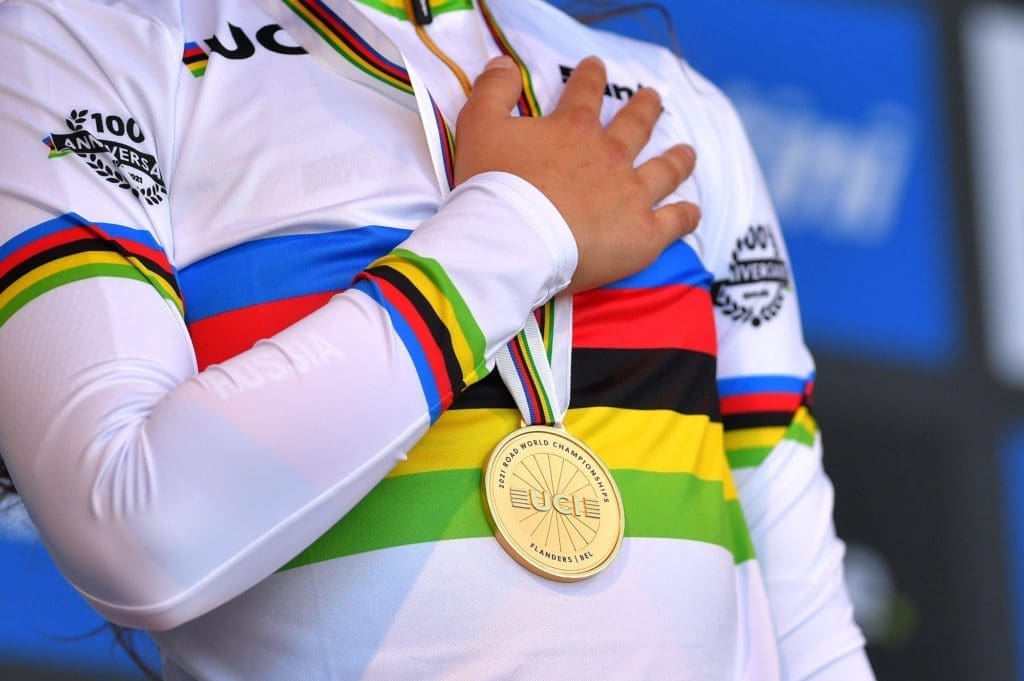The UCI has agreed to the latest changes to the rulebook for women’s cycling with many changes coming into effect on November 1st 2022. The main changes are an increase to the maximum distances for Olympic and World Championship road races, an increase in the minimum salary and a new neo-pro status.
The minimum salary will be raised from €27,500 to €32,102, with planned increases to €35,000 in 2024 and €38,000 in 2025. It’s a slow increase that will see the women’s peloton match the minimums of the men’s WorldTour over time. The Continental teams will still have no minimum salary restrictions.
The women’s peloton hasn’t had neo-pros so far and it proved troublesome to work out a definition previously. For a rider to be classed as a neo-pro, they must be under 23 years old when their first Women’s WorldTour contract begins. Their minimum wage limits are lower than non-neo-pros but their inclusion allows teams to take 2 extra riders above the 20-rider maximum for a total of 22 riders. So far, albeit early in the transfer season, no team has maxed out their roster.
There will be an increase in riders starting races. For WWT stage races of 5 stages or fewer, the race organiser can choose to set teams at 6 or 7 riders. When there are 6 stages or more, there must be 7 riders. For ProSeries stage races, organisers can also choose to set teams at 6 or 7. Teams are also able to have an extra support vehicle in WWT stage races with 6 stages or more.
One of the biggest changes is that development teams will give Women’s WorldTour teams extra riders to use. For ProSeries races, the WWT team can call up 2 riders from its Dev team and in a .1 race, they can call up 4 riders. It also works the other way, the WWT team can send 2 of its riders to the Dev team for .1 races and 1 rider for .2 races. The points earned by riders in these races will go to their main usual team.
From 2025, World Champion and Olympics races will get longer. The women’s road race will move from 130-160km to 150-180km in length. The U23 race that will start that year will be 110-140km and the juniors will change from 60-80km to 70-100km. Time trials are also increased in length, from 20-30km to 30-40km. The U23 TT will be 20-30km long.






